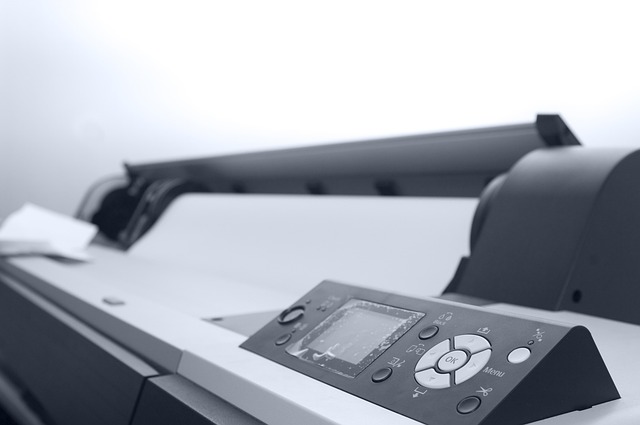The world of display technology is a vibrant tapestry woven from an array of intricate threads, one of which is the image format. For enthusiasts and professionals alike, understanding how different image formats impact TV displays is not just a matter of technical interest; it’s about experiencing visual content at its best. Whether you’re binge-watching the latest series, gaming, or enjoying breathtaking landscapes, the format in which images are encoded can significantly affect how they are rendered on your TV or monitor.
Image formats serve as the blueprint for how visuals are stored and processed. When discussing TV displays, popular formats such as JPEG, PNG, HEIF, and BMP often come into play. Each format carries its own set of characteristics, compressing and optimizing images in various ways. For instance, JPEG is widely favored for its balance between image quality and file size, making it ideal for streaming content where bandwidth may be a concern. On the other hand, PNG is uncompressed, which allows for higher quality but at the expense of larger file sizes – crucial for graphics that require sharp lines and transparency.
The technical aspects of these formats can enhance the storytelling abilities of a display, manifesting in finer details and richer colors. As visual creators and technic enthusiasts, the choice of image format often becomes a pivotal decision in the editing process. Some might argue that the RAW format is the gold standard, providing the highest fidelity, which can be particularly appealing when it comes to showcasing on high-resolution monitors that can render every nuance. However, how these formats translate on a TV display depends significantly on the device’s capability to decode and replicate them.
Modern TVs utilize a variety of processing technologies that affect the final output. Features like HDR (High Dynamic Range) and upscaling technologies help in rendering images more vibrantly and sharply. But, the initial image format is foundational. If a low-quality image is upscaled, the result is often disappointing; clarity and detail are compromised, undermining the viewer’s immersive experience. Optimal image formats maximize the potential of advanced display technologies, ensuring that the result is not just visually appealing but also emotionally engaging.
As resolution enthusiasts, we often seek out the best formats to elevate our visual experience. Understanding the impact of image formats doesn’t just pertain to personal enjoyment; it plays a significant role in professional settings too. Graphic designers, video editors, and photographers must navigate the specifics of each format to optimize their work for various media outputs. This thorough understanding allows for exploitation of the strengths of various formats to present the most striking visuals on high-resolution displays.
Moreover, as technology continues to evolve, new formats and compression techniques emerge, challenging existing paradigms and setting new standards. Emerging formats like AV1 showcase the constant innovation within the image format landscape, promising to provide higher quality visuals at smaller file sizes. This evolution invites enthusiasts to stay engaged, adapt, and continuously explore how these changes can enhance the home viewing experience.
In essence, the nexus between image formats and TV displays is a complex, ever-evolving domain. It requires a keen understanding and appreciation of the technology behind the screens we enjoy. As viewers who are passionate about high resolution, we must recognize that every choice, from source material to display technology, plays an integral role in how we consume visual content. Being informed about various image formats and their impact on our displays allows us to fully immerse ourselves in the art of visualization, ensuring we appreciate the narrative behind each pixel on our screens.




